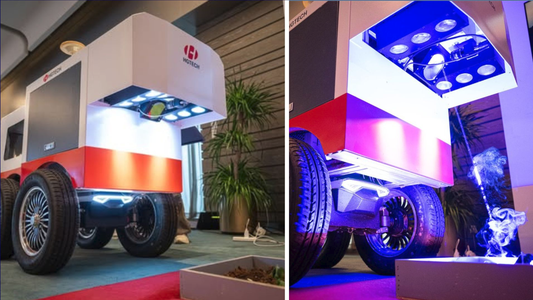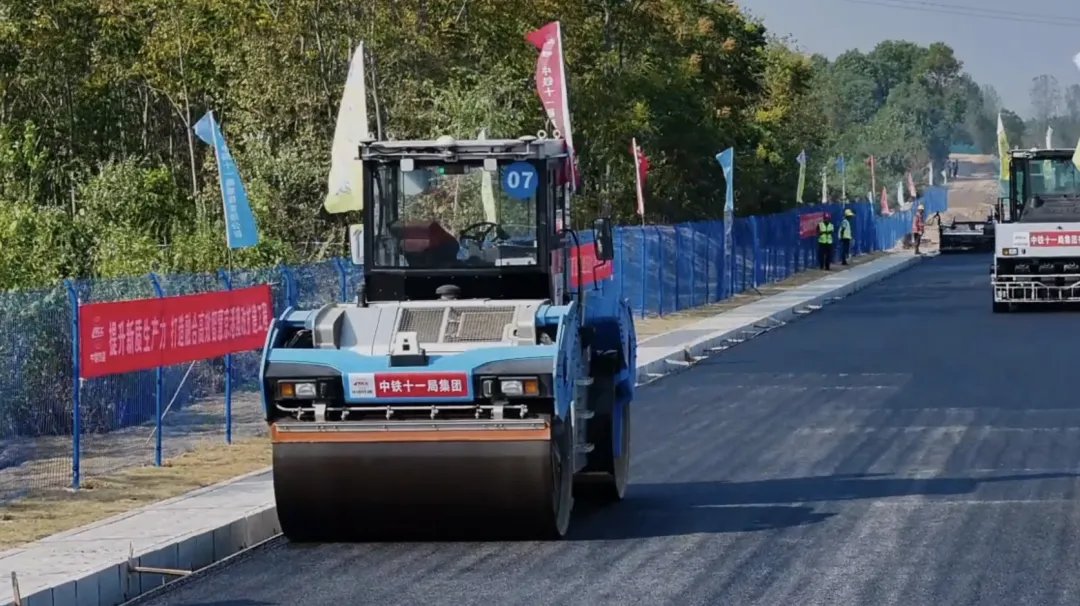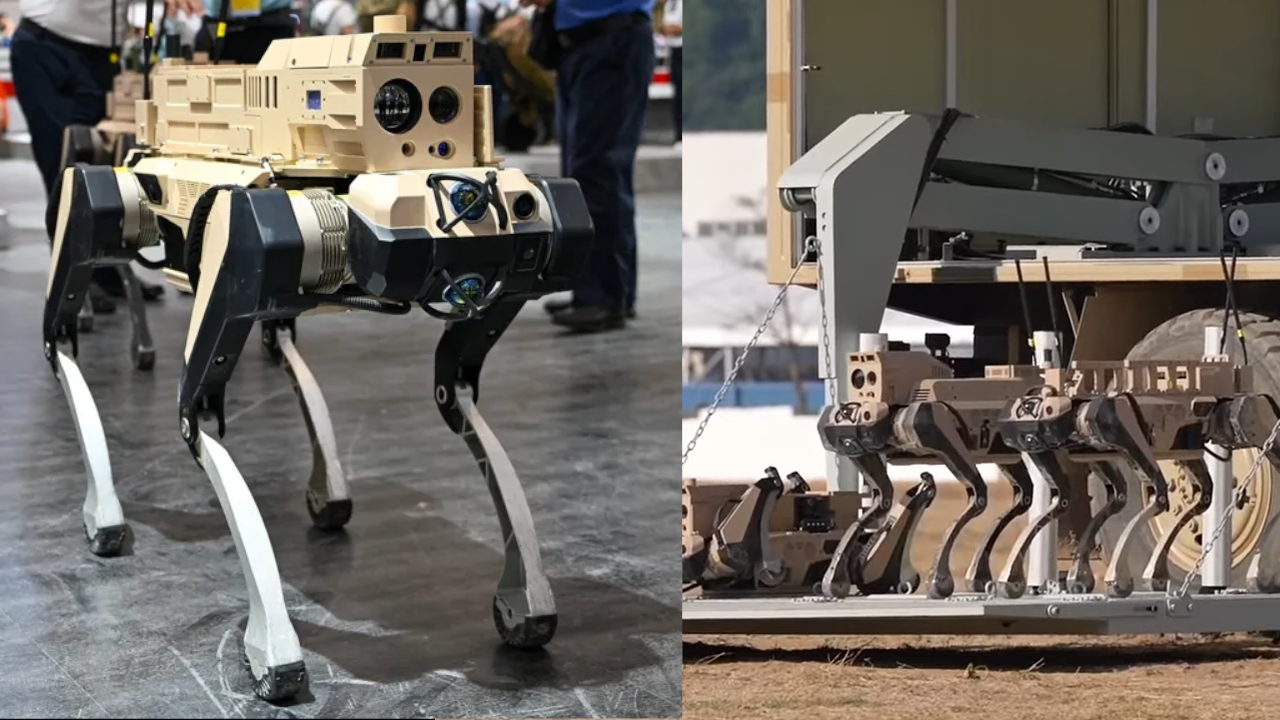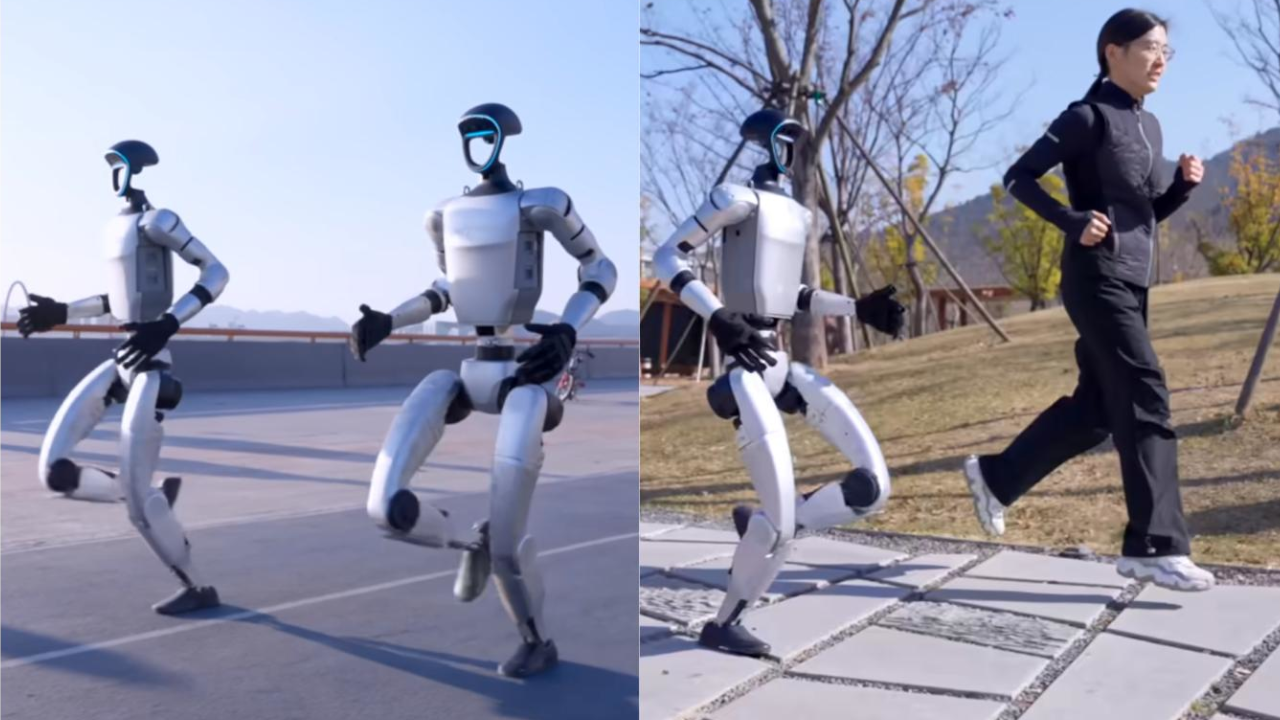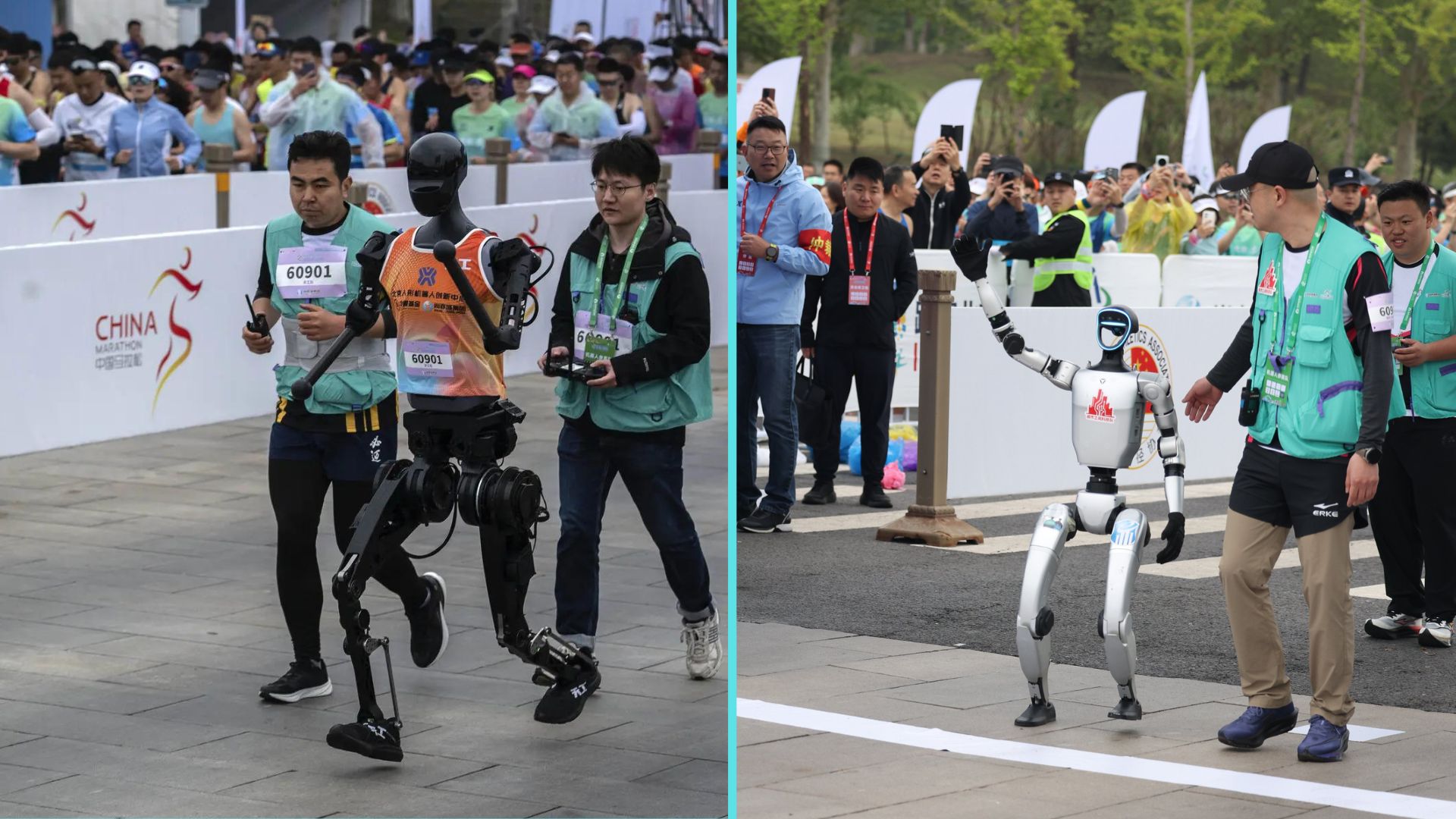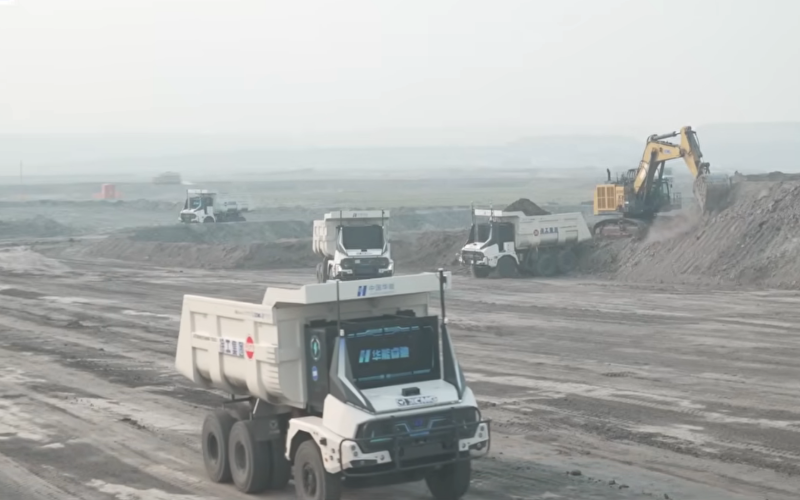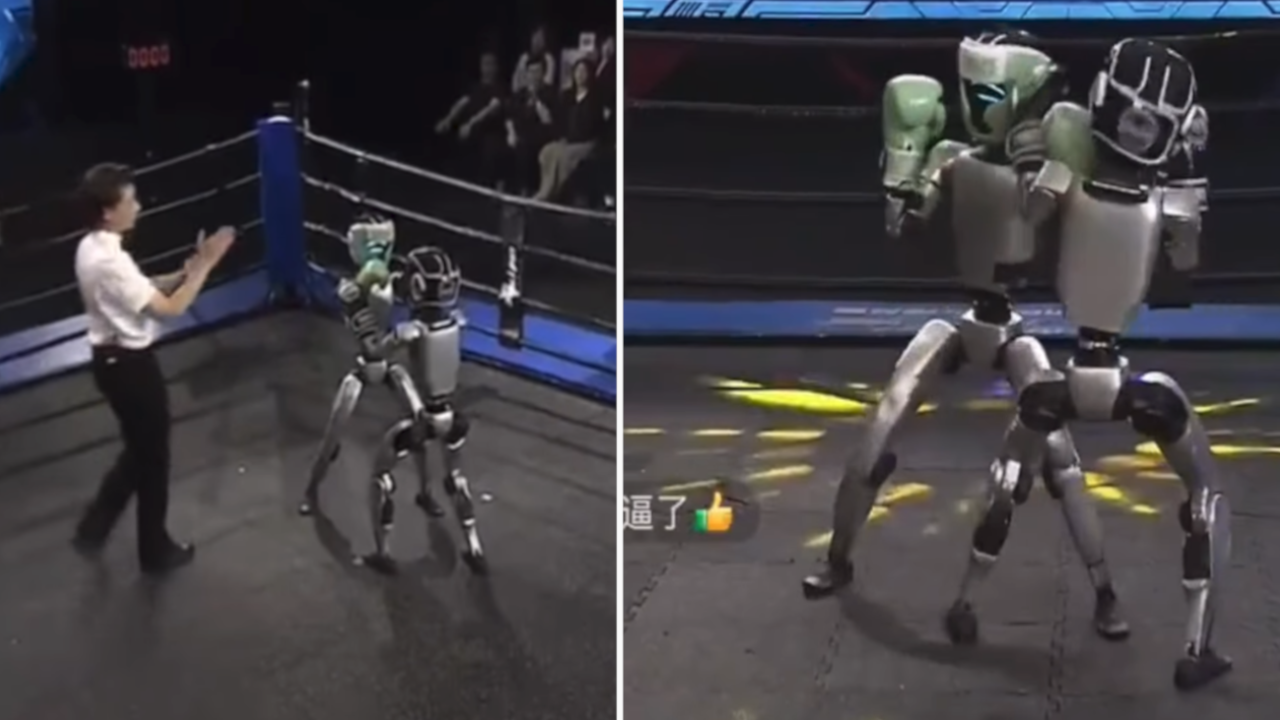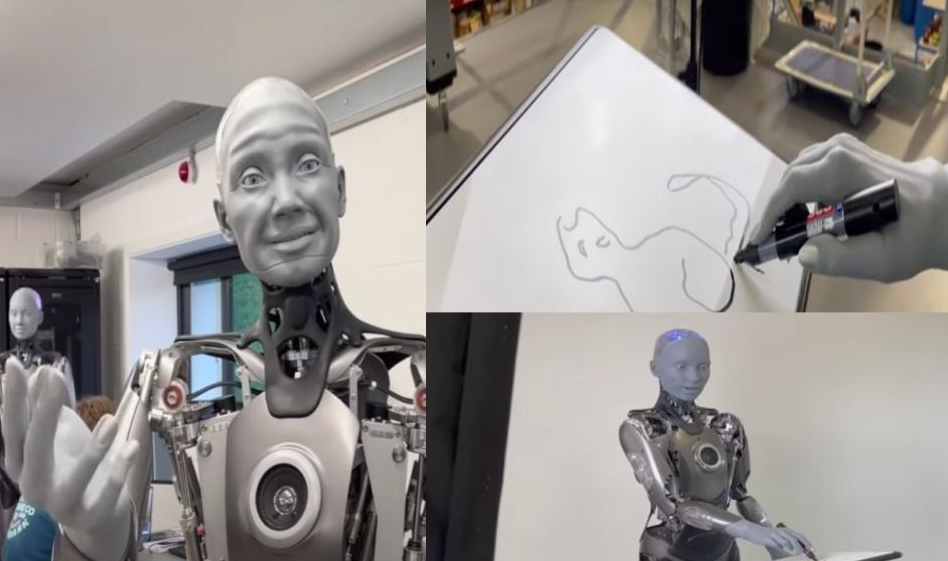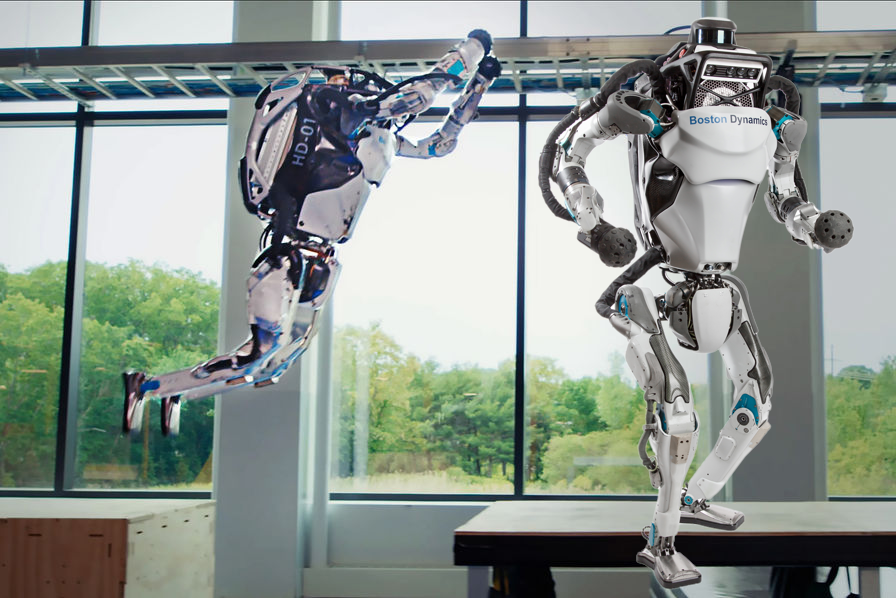The Chinese company "Huagong Technology Industry Co., Ltd." has unveiled an advanced robot for removing weeds with unprecedented precision and speed, without the need for traditional chemical pesticides. This robot, named HG LaserWeeder, combines laser technologies and artificial intelligence, and is one of the first robots in China to rely on this integrated system. It was recently showcased in Wuhan City, Hubei Province, after successfully passing field trials in Yunnan and Heilongjiang provinces.
The robot relies on advanced artificial intelligence algorithms trained on a massive database including thousands of crop and weed varieties, enabling it to distinguish between beneficial and harmful plants with high accuracy. It uses a smart vision system capable of analyzing images in less than five milliseconds, issuing immediate commands to direct the laser towards the weed and destroy it, without harming the crops. This ultra-fast recognition and targeting makes the robot capable of handling approximately 320,000 weeds per hour, using up to 32 laser heads.
One of the most prominent features of this system is its ability to dynamically adjust laser intensity, according to the type and location of the weed, which enhances accuracy and reduces energy consumption. The developing company confirms that the robot maintains a weed removal rate exceeding 95%, making it four to eight times more efficient compared to traditional methods that rely on manual labor or chemical pesticides.
In addition to efficiency, this innovation carries an important environmental dimension, as it contributes to reducing reliance on herbicides, which are known as one of the main sources of soil and water pollution, and are called "soil killer number one" in some agricultural circles. Through this shift towards precise laser treatment, China seeks to reduce agricultural pollution at its source and enhance the quality of agricultural production without harming the environment.
The company has announced that pre-orders for the robot are open globally, with plans to begin mass production by 2026.
This robot represents an advanced model of what agriculture can achieve when smart algorithms meet precision technology, in pursuit of cleaner, more efficient, and more sustainable production.
